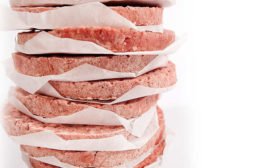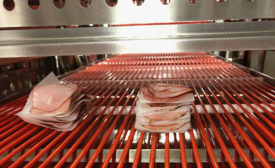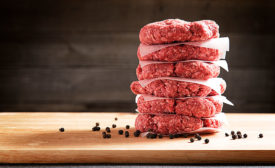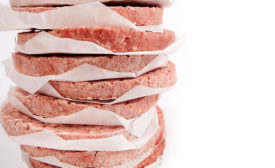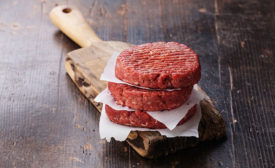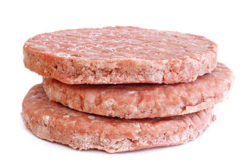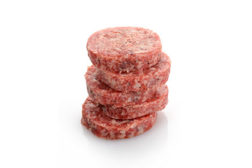Home » Keywords: » interleaving and stacking
Items Tagged with 'interleaving and stacking'
ARTICLES
Protein Problem Solver
Processor automates interleaving, maintaining safety, sanitary standards
September 24, 2019
The interleaving and stacking process
Interleaving and stacking is becoming increasingly automated today.
Read More
Get our new eMagazine delivered to your inbox every month.
Stay in the know with The National Provisioner's comprehensive coverage of the meat and poultry processing industry.
SUBSCRIBE TODAY!Copyright ©2024. All Rights Reserved BNP Media.
Design, CMS, Hosting & Web Development :: ePublishing
